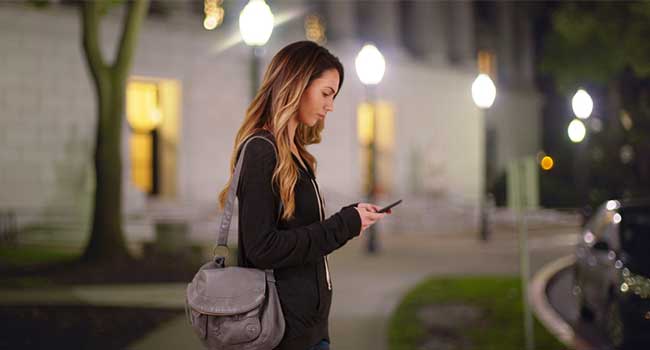
University of Tennessee Introduces New Campus Safety App
In an effort for a more proactive campus security approach, the University of Tennessee is meeting students where they are with a new campus safety app.
- By Sydny Shepard
- November 12, 2018
A new smartphone app will help students, faculty and staff at the University of Tennessee to report safety concerns to campus officials with just a few taps.
The university, in partnership with LiveSafe, introduced the new app to the university last week. The app connects individuals to a variety of resources such as the UT Police Department, the Office of Title IX, the Student Health Center, the Counseling Center and Facilities Services through their phone.
The app allows users to exchange text messages, pictures, videos and audio with campus personnel as well as notify them about safety concerns such as broken lights or suspicious activity.
The app comes as students voiced their concerns of safety on campus and their want for an easy route of communication with campus police. The UT police hope this new app will help students who were too afraid, or didn't know how to report crime before the implementation of the app.
Associate Vice Chancellor for Public Safety and the Chief of Police, Troy Lane said he is old fashioned, and wished students would just pick up the phone and dial 911 or the UT Police, but he knows that is not how a college students readily communication in the digital age as they often opt for apps or texting.
"We've got to meet them where they are," Lane said.
The app is just one security measure in a list of efforts the university is taking to ensure the safety of their students. Lane told a local news station that he is confident that UT is a safe environment for students, but "I don't simply want to be reactive. I'd rather things in a place that allows us to be proactive," he said.
About the Author
Sydny Shepard is the Executive Editor of Campus Security & Life Safety.